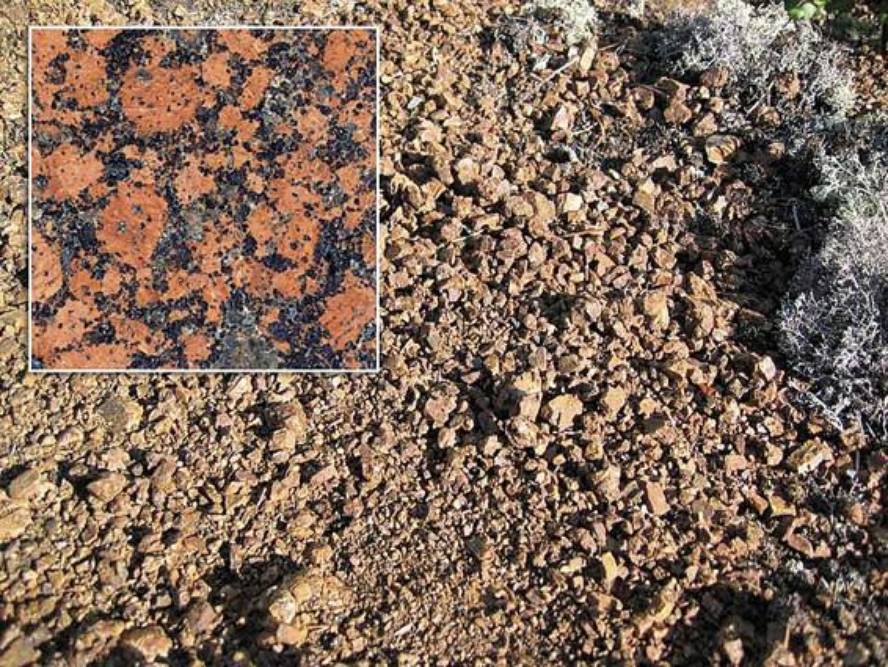Granite as a source of life

Life went from being only unicellular to being multicellular between 1,500 and 1,200 million years ago, and at the same time sexual reproduction was born. In a research led by the University of Aberdeen in Scotland, they have related to granite the development of this evolutionary path. According to the researchers, the granite generated at that time and rapidly eroded was the source of heavy metals necessary for complex life forms, such as copper, zinc and molybdenum.
The starting point of the process is located in the supercontinent Nuna of 1,900 million years ago. Analyzing the granite of 1,8 and 1,5 billion years ago, it is observed that mineral sulfiides crystallized forming minerals in magma spills that accompanied the birth of the continent and that were quickly eroded. In fact, large amounts of mineral sulphates appear in the registry from 1,700 million years ago, as a result of the evaporation of mineral waters. This is an unequivocal signal for researchers, who are eroding the minerals of sulphides and arriving large amounts of metals to waters close to the earth's surface.
Among these metals were the complex life forms that use different metabolic processes, proteins, etc. And, according to the researchers, the fact that one happened opened the way to the other. However, despite being an attractive hypothesis, the temporal coincidence of both phenomena is not sufficient to consider the cause-effect relationship proved. The results have been published in the journal Geology.





